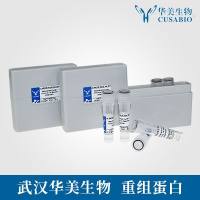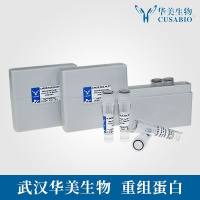Purification Methods for Preparing Polymerase Chain Reaction Products for Capillary Electrophoresis Analysis
互联网
562
The analysis of polymerase chain reaction (PCR) products by capillary electrophoresis (CE) is often compromised by the presence of a high concentration of salt. Typical PCR reactions contain 50 mM of KCl and 1.5 mM of MgCl2 , which cause irreproducible electrokinetic injections and migration times as a result of the chloride ions competing with the DNA for migration into the capillary (1 ,2 ). An alternative mode of i njection, pressure injection, eliminates the problems induced by salt however it significantly reduces the resolution of analytes (3 –11 ). A high salt concentration also induces localized heating within the column; hence, PCR products must be desalted prior to CE analysis (see Note 1 ). In addition, the PCR mixtures contain unused dNTPs, primers, and primer dimers. These moieties inhibit the injection of the desired DNA fragment as well as hinder any additional analysis, such as sequencing. In a previous study, Devaney et al. (12 ) evaluated commercial cleanup systems for their effectiveness in preparing PCR products for CE analysis based on the resolution, the salt removal, the DNA recovery, the processing time, and the cost of procedures. In the following discussion, several protocols for PCR cleanup for CE analysis are outlined, including membrane dialysis and high performance liquid chromatography (HPLC) (13 ).









